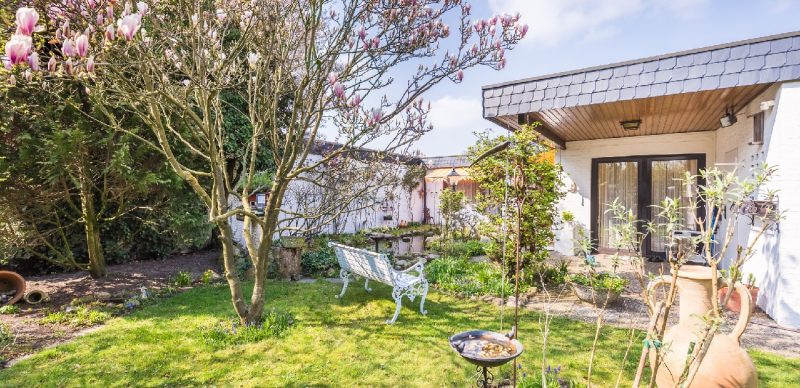The nation’s housing crunch has raised the profile of accessory dwelling units—small homes sharing a plot of land with a larger single-family home. Also known as granny flats, in-law units, or backyard bungalows, ADUs tend to be under 1,200 square feet and can be a viable, lower-cost alternative for renters who are unable to afford larger pricier units.
In her new book Bigger than Tiny, Smaller than Average, author Sheri Koones says that ADUs offer sustainability benefits in addition to economic ones and are part of an increasing shift toward low-impact, energy-efficient homes.
Adding new ADUs to existing properties can cause less disruption than constructing new apartment buildings, experts say. ADUs can be new structures, prefab units, or converted outbuildings.
Though ADUs typically cannot be sold separately from a single-family home, in areas where zoning permits, they can be rented out, helping to mitigate housing shortages. They also offer homeowners a way to earn some extra income.
Scott Mooney, an architect in Portland, Ore., moved into the ADU he built on his property and rented out his main house, a 1950s bungalow. Mooney, his wife, their toddler, and their dog have lived in the 624-square-foot house for four years.
“In our experience, a small space can truly be a generous living experience,” Mooney told the Associated Press.
Koones says maximizing outdoor access and light and making use of open floor plans and built-in furniture are among the keys to comfortable living in a small space.
In general, ADU-friendly zoning is most commonly found on the West Coast, though rules can vary widely from jurisdiction to jurisdiction, says Kol Peterson, editor of the online site AccessoryDwellings.org, which tracks ADU information. Peterson counsels those who are interested in building ADUs to check with their local municipality for guidance—even where they are permitted, there may be additional rules, such as height restrictions, limits on the percentage of the property they can occupy, or mandatory parking spaces.
Source: “Accessory dwellings get another look in tight housing market,” APNews.com (March 24, 2022)













